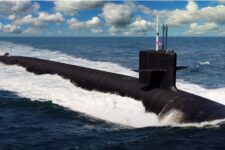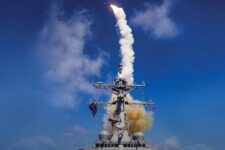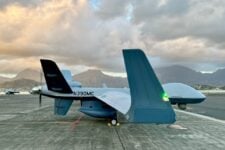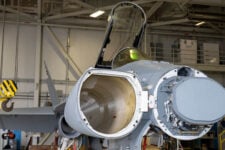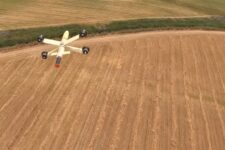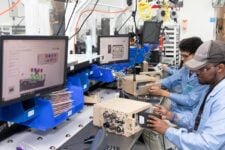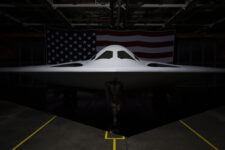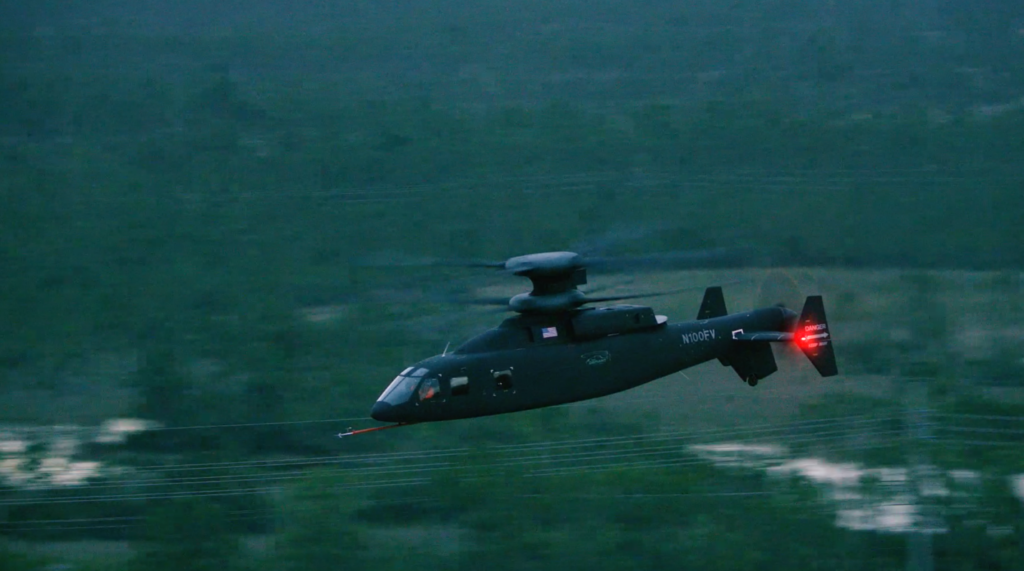Fifteen years ago, Sikorsky, a Lockheed Martin Company, set out to make helicopters faster – much faster. The small team foresaw the military’s vertical lift needs and began to develop a uniquely integrated set of rotorcraft technologies named X2 that could be applied to the Army’s aviation mission.
Steve Weiner was part of that original team and is now Chief Engineer on Sikorsky-Boeing’s SB>1 DEFIANT program. “When we decided to go ahead with the X2 Technology helicopter family, the idea was to maintain all of the helicopter attributes, but expand the operational envelope,” recalls Weiner. “So, we decided to make them fly faster, farther, maneuver at higher G levels than a conventional helicopter and give them the ability and tools to perform missions that current helicopters just can’t do today.”
The U.S. Army has long desired helicopters with terminal area maneuverability and agility, but with the higher speeds and longer ranges of an airplane to support a variety of military missions to address known and emerging threats. It’s now working to materialize those desires through the Pentagon’s Future Vertical Lift (FVL) program. Sikorsky’s investment in X2 Technology™ aims to provide the Army (through the FARA and FLRAA programs) with revolutionary improvements in capability, including speeds in excess of 250 knots performed in tandem with nimble combat maneuverability – significantly improving its ability to survive on modern and future battlefields.
X2 consists of an integrated package of technologies — counter-rotating rigid rotor blades, fly-by-wire flight controls, hub drag reduction, active vibration control and an integrated auxiliary propulsion system — that can be incorporated into a variety of helicopters designed for reconnaissance, attack, air assault, troop transport and medevac missions. FARA and FLRAA will remain affordable. Using the digital thread, Sikorsky has designed out most of the high maintenance drivers in the fleet and tested the X2 designs in a virtual 3D environment in addition to thousands of hours in their Systems Integration Labs (SILs). Using new manufacturing techniques, on board diagnostics and a conditions-based sustainment approach, as well as the digital thread, Sikorsky is reducing the life cycle costs to own and operate FARA and FLRAA.
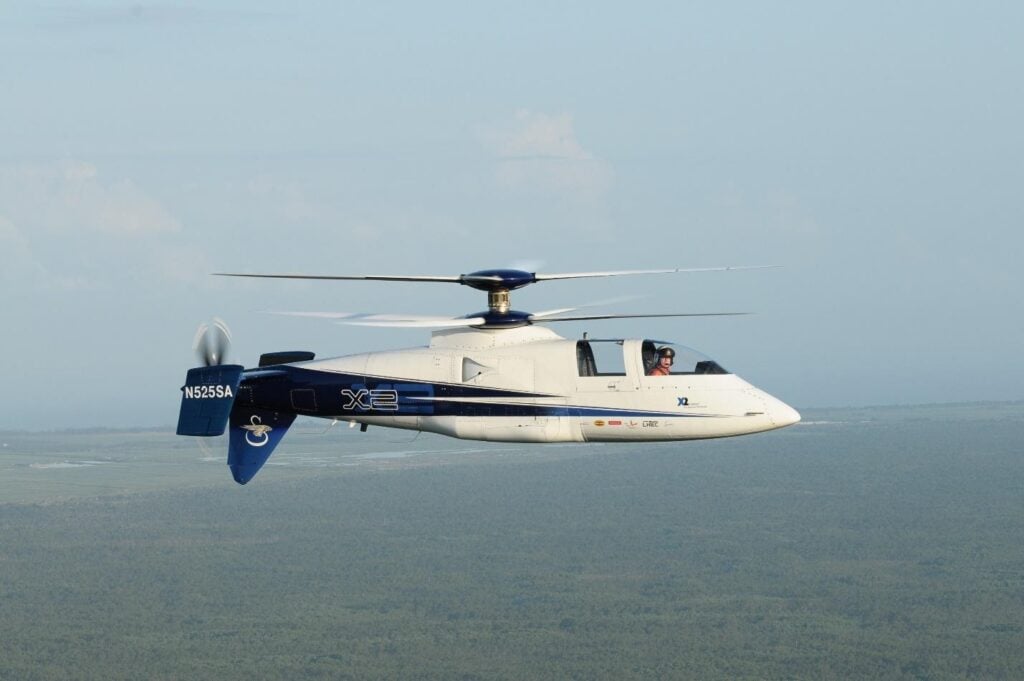
The original X2 Technology Demonstrator flew to 250 knots and now resides at the Smithsonian Air and Space Museum. The X2 TD paved the way for Sikorsky’s work in Future Vertical Lift.
The company viewed the development of these technologies as much more than a theoretical exercise. Since launching the X2 Technology program, Sikorsky has led the investment, design, construction and flight test of three X2 aircraft.
- The original X2 Technology Demonstrator, which in 2010 won the Collier Trophy —aerospace’s most coveted award.
- The light tactical S-97 RAIDER®, originally designed for the Army’s Armed Reconnaissance mission and an 80% scale demonstrator for RAIDER X™ which is currently in production as part of the Army’s Future Attack Reconnaissance Aircraft (FARA) competition.
- The medium-lift SB>1 DEFIANT™, which was developed in partnership with Boeing for the Army’s Joint Multi Role Technology Demonstrator program, targeted to meet the needs of the Future Long-Range Assault Aircraft (FLRAA) program.
Unique Benefits of X2 Technology
With X2 Technology, Sikorsky will provide a fast and revolutionary helicopter that marks a departure point from traditional helicopters by increasing their reach, survivability, lethality and sustainability – and providing unmatched growth potential to adapt to the military’s changing needs. X2 Technology provides improved hover performance, rapid maneuverability and crisp control response due to the rigid rotor, while also maintaining the performance expected of helicopters at low speeds. The technology itself is simple in design and will be easily affordable, maintainable and sustainable for the future force. The introduction of the digital thread into the initial design forms the basis of the FVL life cycle sustainment approach by weaving design, production, upgrades, training, maintenance and sustainment seamlessly into the life cycle of the weapon system. This approach not only preserves resources, but also creates a digital aircraft twin, extends maintenance free operating periods (MFOP) and enables advanced analytics and onboard diagnostics with embedded decision tools to increase aircraft availably in mature and austere environments.
Increased terminal area agility and threat response/avoidance is significantly increased with this design as well. This ability to fly fast at low altitudes, with a high level of maneuverability, results in increased survivability and capability for the ground maneuver commander.
The unique benefits of X2 Technology are impressive:
- Precise Low-Speed Handling—Fly-by-wire control and a rigid coaxial main rotor enable high agility at low speed, including low-speed hover and off-axis hover. This is critical because it enables safe operations in complex, obstacle-laden mission environments close to the ground.
- Level Body Acceleration and Braking—In an aircraft like Sikorsky’s high-speed X2-powered Raider X, for example, power can be added to both the propeller and main rotor to accelerate without changing attitude. It can also brake by using negative thrust from the propeller. Helicopters without these capabilities require their main rotor to tilt. The rapid acceleration provided by X2 in constrained spaces increases survivability by minimizing exposure time to combat threats.
- High Turn Rate—The rigid main rotor permits tight turns in half the distance of helicopters with traditional rotors, much like a high-performance Formula 1 race car makes turns on a racetrack. This mission-critical capability decreases engagement time and increases lethality and survivability by being able to close on a target faster.
- Nose Up/Down Hover—Helicopters with a conventional single main rotor can’t point their nose up or down and maintain position at the same time. X2 nose down/nose up hover capability enables pilots to aim sensors and weapons in mountainous and dense urban environments. This is a powerful and lethal combat advantage.
- Highly Maneuverable —The X2 rigid coaxial rotor systems and 3G maneuverability provide unique agility to engage in close air support, operate in restrictive terrain, and allow unparalleled hover attitudes.
- Commonality – There are advantages to a common X2 approach to FVL utilizing common or identical sustainment, maintenance procedures, MOSA, infrastructure, ground support equipment, special tools.

The rigid coaxial rotor system and pusher propeller are two key attributes that contribute to the power and speed of X2 Technology.
Bill Fell, an experimental test pilot at Sikorsky, has been a part of the flight test program for both RAIDER and DEFIANT. He describes the capabilities of the X2 Technology suite as revolutionary and truly game changing.
“The rigid rotor really is impressive, in terms of the crispness that it provides the pilot and the sense that the pilot gets to really be in tune with the machine,” says Fell. “As you roll into a turn, you’re able to snap it to quickly to the roll attitude that you want. It handles more like a high-performance jet fighter.”
Sikorsky’s approach to FVL delivers a low risk, mature approach to the Army’s requirements and the team remains laser focused on this effort. Both the S-97 RAIDER and SB>1 DEFIANT, as well as future X2-based helicopters, will provide the military with fast, agile, and survivable compound coaxial helicopters that will equip future aviators to address evolving peer and near-peer threats in an ever changing and demanding environment.


